Zone requirements for douglas fir naturalization
Sherwood Botsford (z3, Alberta)
10 years ago
Related Stories
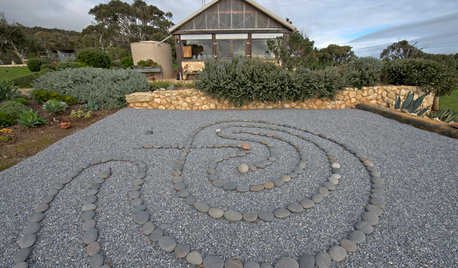
STUDIOS AND WORKSHOPSStep Inside a Stunning Nature-Inspired Sanctuary in South Australia
An Aussie artist lets the natural coastal landscape dictate the design of her creative retreat
Full Story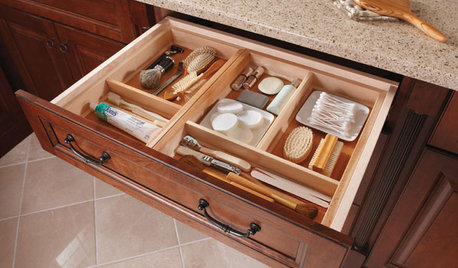
MOST POPULARHow to Create an Inventory, Whether You're Naturally Organized or Not
Documenting your home items is essential, even if disaster seems unimaginable. And it may be easier than you think
Full Story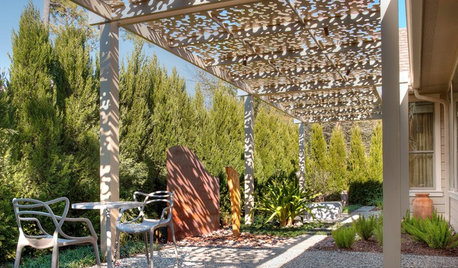
LANDSCAPE DESIGNLandscape Design Features Play With Natural Light
See 6 elements that can help your yard capture natural light and shade, from a carefully placed tree to a geometric fence
Full Story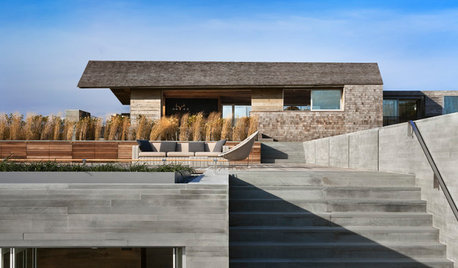
MATERIALSDesign Workshop: Natural Wood Siding Minus the Maintenance
No need to worry about upkeep when you choose wood that embraces weathering
Full Story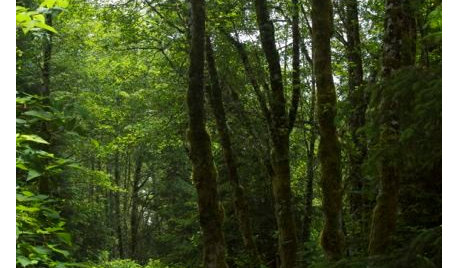
LANDSCAPE DESIGNLet Nature Inspire Your Landscape: Ideas for a Woodland Garden
Fill your senses with the magic of a wild forest-inspired garden — from shady understory plants to towering treetops
Full Story
GARDENING GUIDESLet's Weed Out 4 Native Plant Myths
Plant wisely for a garden that supports pollinators and requires less work
Full Story
MOST POPULARWhat to Know About Adding a Deck
Want to increase your living space outside? Learn the requirements, costs and other considerations for building a deck
Full Story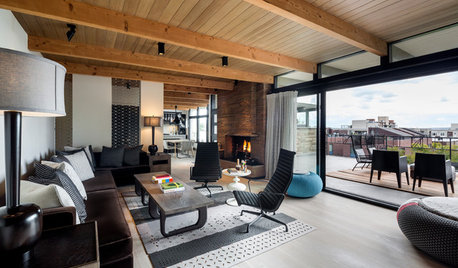
LIVING ROOMSRoom of the Day: Living Room Refresh Adds Style and Functionality
A Seattle midcentury modern space lightens up, opens up and gains zones for entertaining and reading
Full Story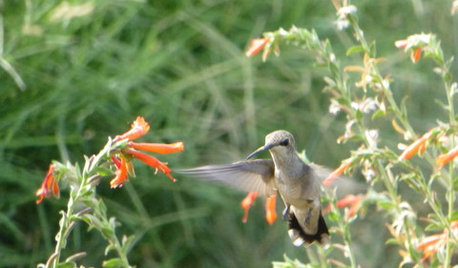
GARDENING GUIDESSweet Serendipity: Opening to Happy Garden Discoveries
Unplanned nature scenes can be unbelievably beautiful; you just need to know how to look
Full StoryMore Discussions






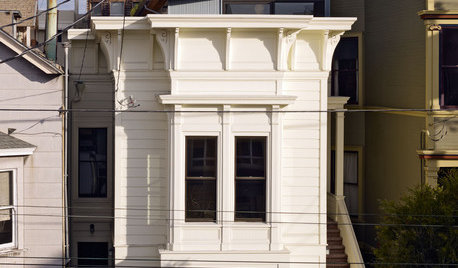




Smivies (Ontario - 5b)
Smivies (Ontario - 5b)
Related Professionals
Carson Landscape Architects & Landscape Designers · Foothill Ranch Landscape Architects & Landscape Designers · West Chester Landscape Architects & Landscape Designers · Cedar Hill Landscape Contractors · Del Aire Landscape Contractors · Doctor Phillips Landscape Contractors · El Reno Landscape Contractors · Hickory Hills Landscape Contractors · Melrose Landscape Contractors · Mesa Landscape Contractors · North Highlands Landscape Contractors · Wilton Landscape Contractors · Greenfield Landscape Contractors · Goldenrod Landscape Contractors · Palos Heights Landscape ContractorsSherwood Botsford (z3, Alberta)Original Author
nothotsuga
Sherwood Botsford (z3, Alberta)Original Author